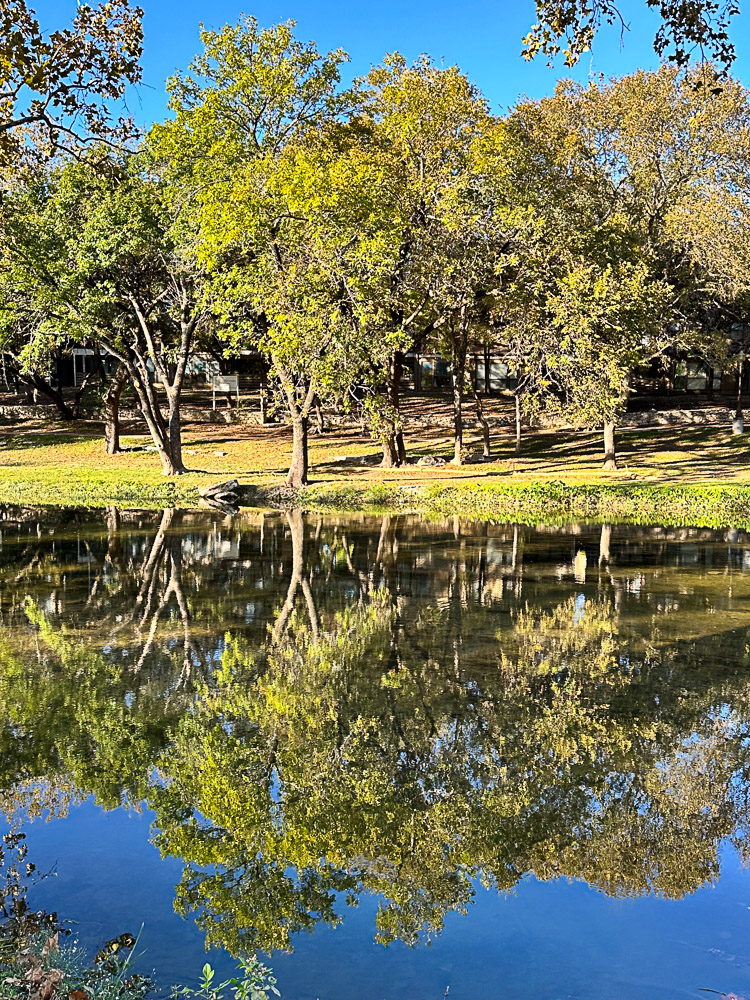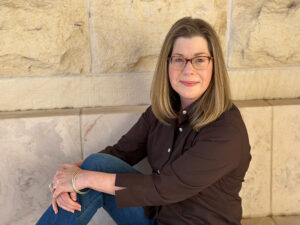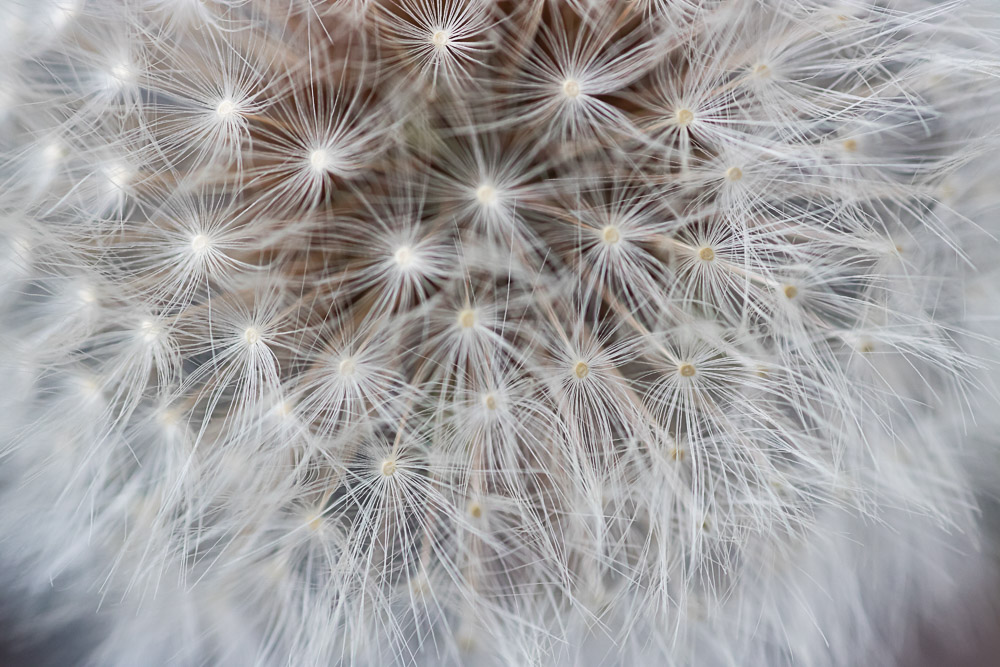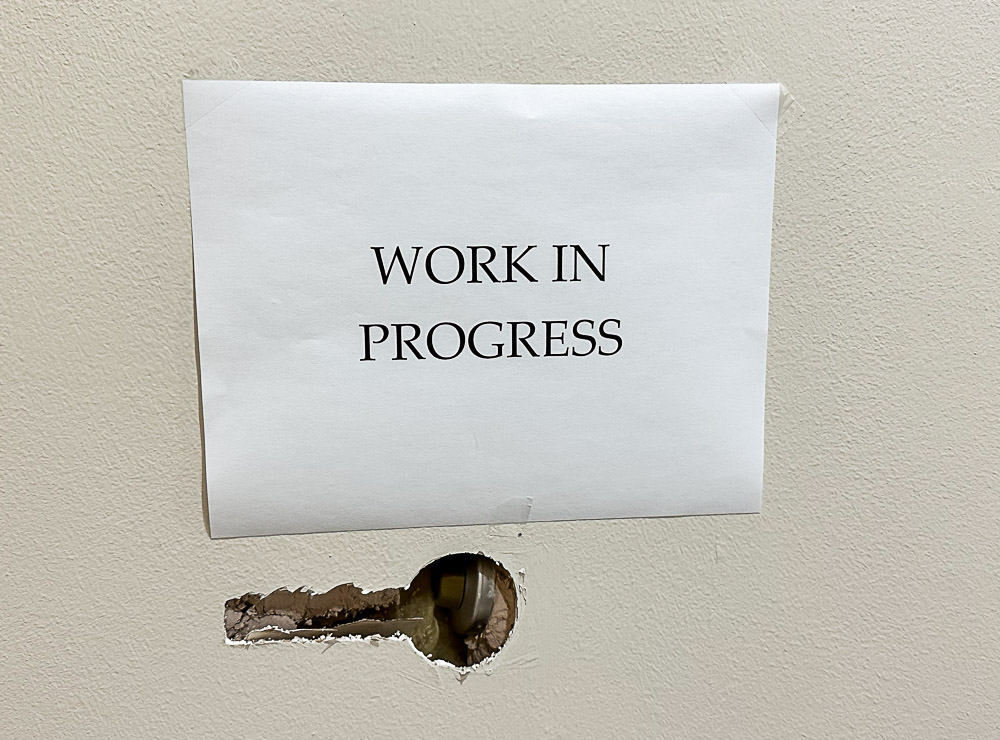
Move Forward by Looking Back
About five years into my teaching career, I started doing something that changed how I approached my work. At the end of each unit, I carved out time to reflect — not just on what went wrong but also on what went right.
Which lessons did the students connect with? Which activities got them engaged, and why? I was already really good with pinpointing the quizzes most students failed or the labs that students struggled with, I wanted to dig deeper.
Over time, my reflections became less about troubleshooting specific lessons and more about seeing the bigger picture. I started asking myself: Was I integrating my students’ diverse backgrounds? Did I make connections to real-world issues? Would adding movement help? Could this unit have worked better if I’d pulled in other subjects?
I want to share with you my journey in discovering how reflecting on your teaching can go beyond tweaking lessons to fuel both personal and professional growth. By learning how to reflect more holistically, you’ll not only improve how you teach but also how your students learn.
Why Reflection Matters
Reflection is a powerful tool that often gets pushed aside in the hustle of planning lessons, team meetings and all of the other things you have to juggle. In all seriousness, I know how busy you are. But taking time to reflect can be one of the most effective ways to improve your effectiveness.
It helps you:
Spot Patterns: Notice what consistently works or doesn’t, and use that insight to refine your approach. This could be with any aspect of your teaching. Perhaps you notice that students don’t follow instructions during lab, talk about it with other teachers. Maybe someone has a procedural method that you could modify for your classes.
Or maybe you’ll realize the issue lies in how instructions are presented and can experiment with visuals, or pre-lab discussions. The key is to remain flexible and open to change. When something works, make note of it and build on that success. When something doesn’t, treat it as a learning opportunity. Do your best not to judge yourself too harshly. This is not the purpose of reflection.
Stay Inspired: Reflection can reignite your passion for teaching by reminding you of your successes and helping you grow from challenges. When something good happens – make a note of it! Inspiration can come in many forms and it doesn’t always happen all at once.
For years, I taught 8th grade science, and one of the most challenging parts was our 9-week unit on weather. I struggled to make it engaging for students. I mean come on – they wear shorts in 32 degree weather! Weather content often felt irrelevant or dull to them. Every year, I overhauled this unit. Every. Single. Year. To teach topics like air pressure, weather fronts, and forecasting, I first had to deepen my own understanding.
Randomly one year, a weather conference happened where I live and it was open to the public. I don’t know quite what I was expecting, but I came away with new ideas and resources. I talked with many of the people manning the booths and so many of them were eager to share information (and few giveaways) with educators. I reached out to these companies, dug around on their websites and traded emails with experts in the weather field.
Along the way, I learned a lot about the weather. I even started snapping pictures of clouds on my way home and collecting funny weather-related stories to tell my students. I became so immersed that I found myself talking back to the weather forecasters on TV! (I call that going “all in”) After countless trials, errors, and reflections, I finally created a series of lessons and activities that truly engaged my students.
Connect with Your Students: Evaluate whether you’re meeting their needs, not just academically but culturally and socially. Students bring a variety of experiences, backgrounds, and identities to the classroom, and these factors influence how they learn, interact, and feel included.
Once you’ve reflected on academics, take a step back and consider your students’ role in the classroom. Are your lessons connecting with their life experiences and helping them see their place in the content? For example, one of the first things I address at the beginning of the year is stereotypes about scientists. Poor Einstein, he’s the go-to image of the “mad scientist” for so many students. But what other scientists do your students know? Start by finding out their baseline knowledge, and then build from it.
To challenge these stereotypes, I prepare images of real scientists from around the world, working in a variety of fields. I’m intentional about including images that reflect my students’ diverse backgrounds. When they see people who look like them doing science, they begin to imagine themselves as scientists, too. It’s a powerful moment of connection.
However, this can’t be a one-off lesson. To truly shift mindsets, it requires consistent effort to incorporate cultural references and representation into my teaching throughout the year. Yes, it takes more work on my part, but the payoff is undeniable – students become more invested and engaged because they start to believe that they belong in science. Representation and connections matter.
Moving Beyond "What Went Wrong"
It’s natural to focus on what didn’t work. That quiz bombed? Fix it. The lab felt chaotic? Scrap it or revise it. But reflecting only on the negatives is like reviewing a movie by watching just the bloopers. To grow, you need to reflect holistically.
Some Tips:
Celebrate Successes
What lesson or activity did your students love? Why did it resonate? Reflecting on these high points helps you replicate success in future lessons. And tell you admin about these too! I can feel uncomfortable to “toot your own horn” – but if you don’t do it, how will they know all of the cool things happening in your classroom?
Consider Student Perspectives
Did the lesson incorporate diverse voices or connect with your students’ backgrounds? Reflect on how to make your curriculum more inclusive and meaningful. One way to start incorporating different voices is that whenever you start a new unit, introduce a few of the scientists that are currently working on advancements in that field.
Evaluate Classroom Dynamics
How did the class respond overall? Were there moments where certain students felt left out or disengaged? Studies show that extroverts are seen and heard more often – how do you address the needs of the introverts? Consider different ways on how to foster a more inclusive environment.
Think Creatively
Did this unit connect to other subjects? For example, could a historic event tie into a science lab? Is it possible to add a drawing component to the notes? How can the lesson benefit from using collaborative groups? Brainstorm with other like-minded people and gather ideas.
Tips for Building a Reflection Habit
Making time to reflect is the hardest part. Here are some strategies to get started:
- Set a Reflection Schedule: Choose a consistent time, like at the end of each unit or once a month.
- Keep a Journal: Jot down a few thoughts after a class. What stood out? Any surprises?
- Make Changes: Once you see a problem or think of a new approach, make the changes for improvement.
- Collaborate with Peers: Share reflections with colleagues. They might see patterns or opportunities you missed. And quite possibly, you will create a partnership with a colleague that is mutually beneficial.
Professional and Personal Growth Through Reflection
When you make reflection a habit, the benefits extend far beyond your current state. Professionally, you’ll feel more confident and equipped to adapt to new challenges. Personally, you’ll find joy in celebrating small wins and watching your growth over time.
Reflection can also inspire new goals, like incorporating more student voices, trying interdisciplinary projects, or learning about other cultures to better connect with your students. These goals make teaching feel fresh and purposeful year after year.
Takeaways for Reflecting
Start small. After your next unit, ask yourself:
- What worked well, and why?
- How could I better connect with my students?
- Did this unit create opportunities for collaboration or creative thinking?
The more you practice reflection, the easier it becomes.



